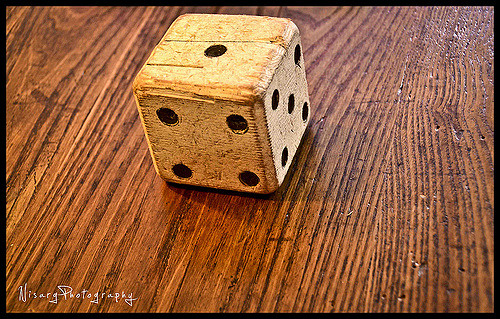Quantification of Novel, Useful and Successful

Argument is unskillful but analysis is skillful. And what’s needed for analysis is a framework and some good old-fashioned quantification. To create the supporting conditions for an analysis around novelty, usefulness, and successfulness, I’ve created quantifiable indices and a process to measure them. The process starts with a prototype of a new product, service or business model which is shown to potential customers (real people who do work in the space of interest.)
The Novelty Index. The Novelty Index measures the difference of a product, service or business model from the state-of-the-art. Travel to the potential customer and hand them the prototype. With mouth closed and eyes open, watch them use the product or interact with the service. Measure the time it takes them to recognize the novelty of the prototype and assign a value from 0 to 5. (Higher is better.)
5 – Novelty is recognized immediately after a single use (within 5 seconds.)
4 – Novelty is recognized after several uses (30 seconds.)
3 – Novelty is recognized once a pattern emerges (10-30 minutes.)
2 – Novelty is recognized the next day, once the custom has time to sleep on it (24 hours.)
1 – A formalized A-B test with statistical analysis is needed (1 week.)
0 – The customer says there’s no difference. Stop the project and try something else.
The Usefulness Index. The Usefulness Index measures the level of importance of the novelty. Once the customer recognizes the novelty, take the prototype away from them and evaluate their level of anger.
5 – The customer is irate and seething. They rip it from your arms and demand to place an order for 50 units.
4 – The customer is deeply angry and screams at you to give it back. Then they tell you they want to buy the prototype.
3 – With a smile of happiness, the customer asks to try the prototype again.
2 – The customer asks a polite question about the prototype to make you feel a bit better about their lack of interest.
1 – The customer is indifferent and says it’s time to get some lunch.
0 – Before you ask, the customer hands it back to you before you and is happy not to have it. Stop the project and try something else.
The Successfulness Index. The Successfulness Index measures the incremental profitability the novel product, service or business model will deliver to your company’s bottom line. After taking the prototype from the customer and measuring the Usefulness Index, with your prototype in hand, ask the customer how much they’d pay for the prototype in its current state.
5 – They’d pay 10 times your estimated cost.
4 – They’d pay two times your estimated cost.
3 – They’d pay 30% more than your estimated cost.
2 – They’d pay 10% more than your estimated cost.
1 – They’d pay you 5% more than your estimated cost.
0 – They don’t answer because they would never buy it.
The Commercialization Index. The Commercialization Index describes the overall significance of the novel product, service or business model and it’s calculated by multiplying the three indicies. The maximum value is 125 (5 x 5 x 5) and the minimum value is 0. Again, higher is better.
The descriptions of the various levels are only examples, and you can change them any way you want. And you can change the value ranges as you see fit. (0-5 is just one way to do it.) And you can substitute actual prototypes with sketches, storyboards or other surrogates.
Modify it as you wish, and make it your own. I hope you find it helpful.
Image credit – Nisarg Lakhmani
 Mike Shipulski
Mike Shipulski
[…] buy things. If you want to sell more, you’ve got to sell it to customers. And customers buy novel usefulness. When solving a problem creates novel usefulness that customers like, the problem will get […]
[…] buy things. If you want to sell more, you’ve got to sell it to customers. And customers buy novel usefulness. When solving a problem creates novel usefulness that customers like, the problem will get […]
[…] buy things. If you want to sell more, you’ve got to sell it to customers. And customers buy novel usefulness. When solving a problem creates novel usefulness that customers like, the problem will get […]